Unveiling The Beauty Of Underwater Painting
Have you ever thought about the breathtaking beauty that lies beneath the waves? Underwater painting is a mesmerizing art form that not only captures the stunning visuals of aquatic life but also immerses artists in a world of creativity that is often overlooked. Imagine diving into the depths of the ocean, surrounded by vibrant coral reefs and schools of fish, all while wielding a brush and canvas. This unique art form combines the elegance of nature with the skill of the artist, resulting in pieces that are as captivating as they are ephemeral. In this article, we will explore the techniques, inspirations, and challenges faced by those who dare to create art in such an unpredictable environment.
From its origins to modern-day practices, underwater painting has evolved significantly. It began as a niche hobby for adventurous artists but has blossomed into a recognized genre that attracts both enthusiasts and professionals alike. The thrill of painting underwater is not just about the end result; it’s about the entire experience – the sensation of weightlessness, the play of light on the water's surface, and the ever-changing backdrop of marine life. Each stroke of the brush is infused with the artist's emotions, making every piece a personal narrative that tells a story of exploration and discovery.
As we dive deeper into this fascinating world, we will uncover the various techniques employed by underwater artists. These techniques are essential for overcoming the unique challenges posed by the underwater environment, such as varying light conditions and water currents. Artists must adapt their methods to ensure their visions are accurately captured, making the process both challenging and exhilarating. This art form not only showcases the beauty of the ocean but also highlights the resilience and adaptability of the human spirit in the face of nature's unpredictability.
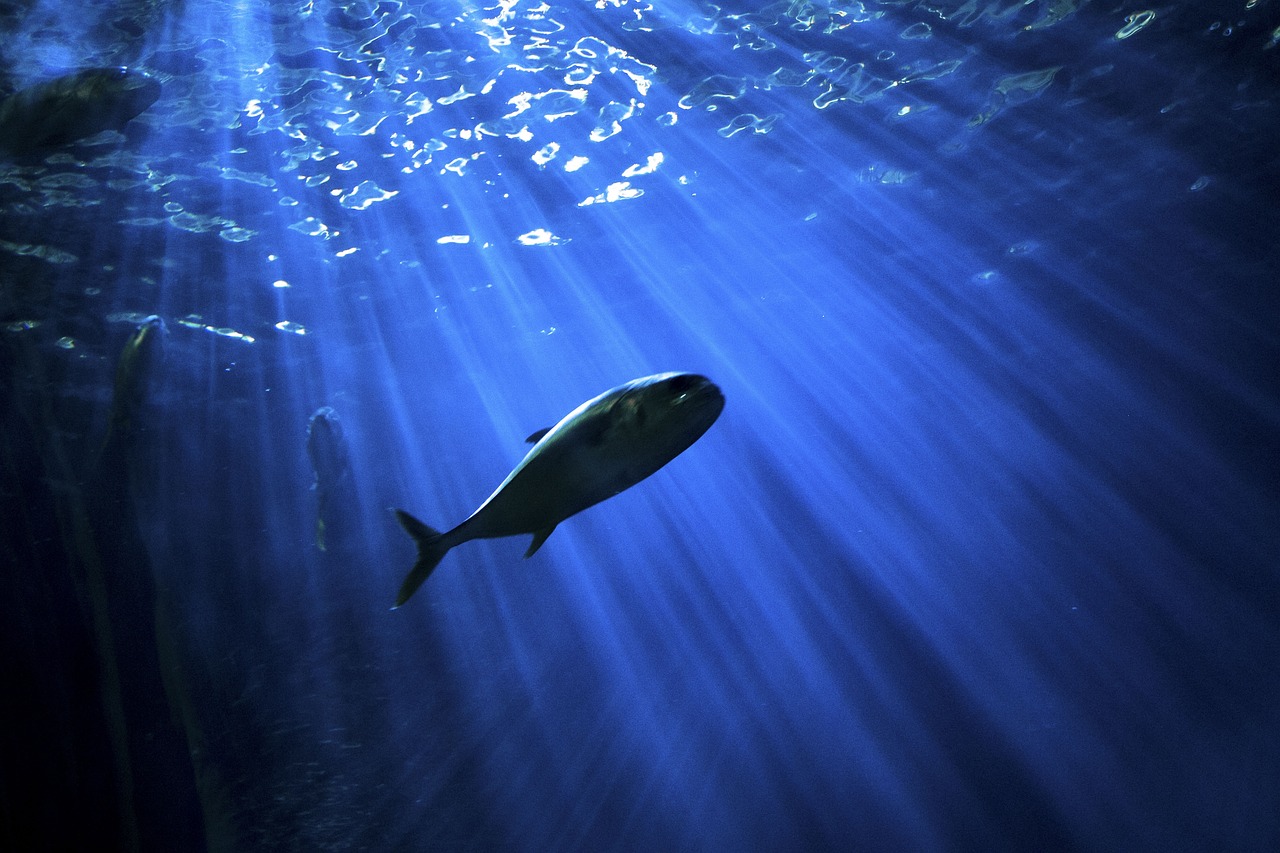
The Art of Underwater Painting
Underwater painting is not just a form of art; it’s an immersive experience that merges the tranquil beauty of the ocean with the vivid imagination of the artist. Imagine diving beneath the waves, surrounded by a world that is both serene and vibrant, where every stroke of paint interacts with the flowing water. This unique form of art has roots that can be traced back to ancient cultures who sought to capture the essence of their aquatic surroundings. Over time, it has evolved into a modern practice that continues to challenge and inspire artists across the globe.
The journey of underwater painting began with early explorers and artists who were fascinated by the mysteries of the sea. They experimented with various techniques and materials, paving the way for today’s underwater artists. Fast forward to the present, and we find a thriving community of creators who are not afraid to dive deep—both literally and figuratively—into their craft. These artists are driven by a passion for marine life and a desire to showcase the beauty of underwater ecosystems.
What sets underwater painting apart from traditional art forms is the dynamic environment in which it is created. Artists are faced with unique challenges, such as fluctuating water currents, varying light conditions, and the need for specialized materials that can withstand the underwater environment. This adds an exhilarating layer of complexity to the artistic process. For instance, the way light refracts through water can create stunning effects, transforming a simple brushstroke into a mesmerizing play of colors and shadows.
Furthermore, the underwater world is a vast canvas filled with inspiration. From the vibrant hues of coral reefs to the intricate patterns of fish scales, there’s no shortage of subjects to capture. Artists often find themselves in a constant state of awe as they witness the intricate dance of marine life. This connection to nature not only fuels their creativity but also deepens their commitment to environmental conservation. By bringing attention to the beauty of the oceans, underwater artists play a vital role in raising awareness about the importance of protecting these precious ecosystems.
In essence, underwater painting is more than just creating art; it’s about experiencing and celebrating the wonders of the sea. Each piece tells a story—whether it's a depiction of a bustling coral reef or a solitary sea turtle gliding through the blue expanse. As artists continue to push the boundaries of what can be achieved beneath the surface, they invite viewers to join them on this remarkable journey into the depths of creativity.
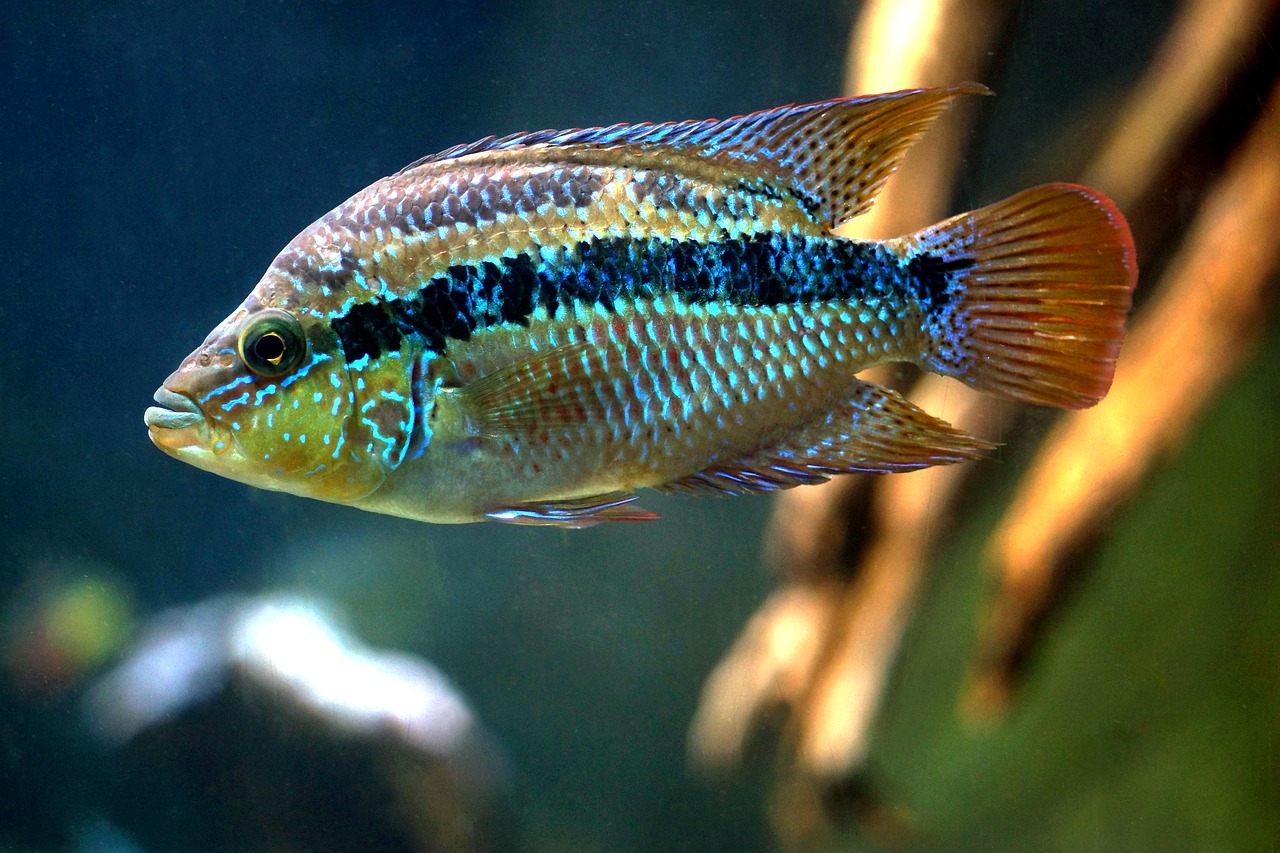
Techniques Used in Underwater Painting
Underwater painting is not just about slapping some color on a canvas and hoping for the best; it's an intricate dance between the artist, the water, and the vibrant marine life. The techniques employed by these artists are as diverse as the ecosystems they immerse themselves in. From the moment the artist plunges into the depths, they must adapt their methods to suit the unique challenges posed by the underwater environment. This adaptation often leads to breathtaking masterpieces that capture the essence of the ocean in ways that traditional painting cannot.
One of the most critical aspects of underwater painting is the application of color. Unlike on land, where an artist can easily control their palette and workspace, underwater artists must contend with the ever-changing currents and light conditions. To tackle this, many artists choose to use a technique called layering, where they apply multiple layers of paint to build depth and richness. This method not only enhances the vibrancy of the colors but also allows for greater control over the final outcome, even in unpredictable conditions.
Moreover, brushwork plays a pivotal role in the creation of underwater art. Artists often utilize a variety of strokes to mimic the fluidity of water and the movement of marine life. Whether it’s the gentle swirls of a fish darting by or the soft waves of a coral reef, the brush techniques can bring these elements to life. Some artists even develop their own unique brush techniques, almost like a signature style, that become synonymous with their underwater creations.
When it comes to underwater painting, the selection of materials is paramount. Not only do artists need to consider the type of paint that will withstand the aquatic environment, but they also need to think about the brushes and canvases that will hold up under pressure. The right materials can make or break a piece, and artists often spend considerable time researching and testing different options.
Waterproof paints are essential for ensuring that the artwork remains vibrant and intact over time. Artists typically opt for paints that are specifically designed for underwater use, as these formulations are resistant to fading and deterioration. Popular brands that come highly recommended include:
| Brand | Type | Key Features |
|---|---|---|
| Marine Paint Co. | Acrylic | Fast-drying, UV resistant |
| Underwater Colors | Oil | Long-lasting, deep hues |
| EcoMarine Paints | Water-based | Non-toxic, eco-friendly |
Using specialized brushes can enhance the painting experience underwater. These brushes are designed to withstand the rigors of the ocean while providing the flexibility and control needed for detailed work. Some popular types of brushes include:
- Stiff-bristled brushes for bold strokes and textures.
- Soft-bristled brushes for blending and subtle color transitions.
- Fan brushes for creating unique patterns that mimic natural elements.
Ultimately, the combination of the right materials and techniques allows underwater artists to create stunning works that resonate with both the beauty of the ocean and the intricacies of human emotion. Capturing the essence of movement and light beneath the waves is no easy feat, but with the right approach, these artists can craft pieces that leave viewers in awe.
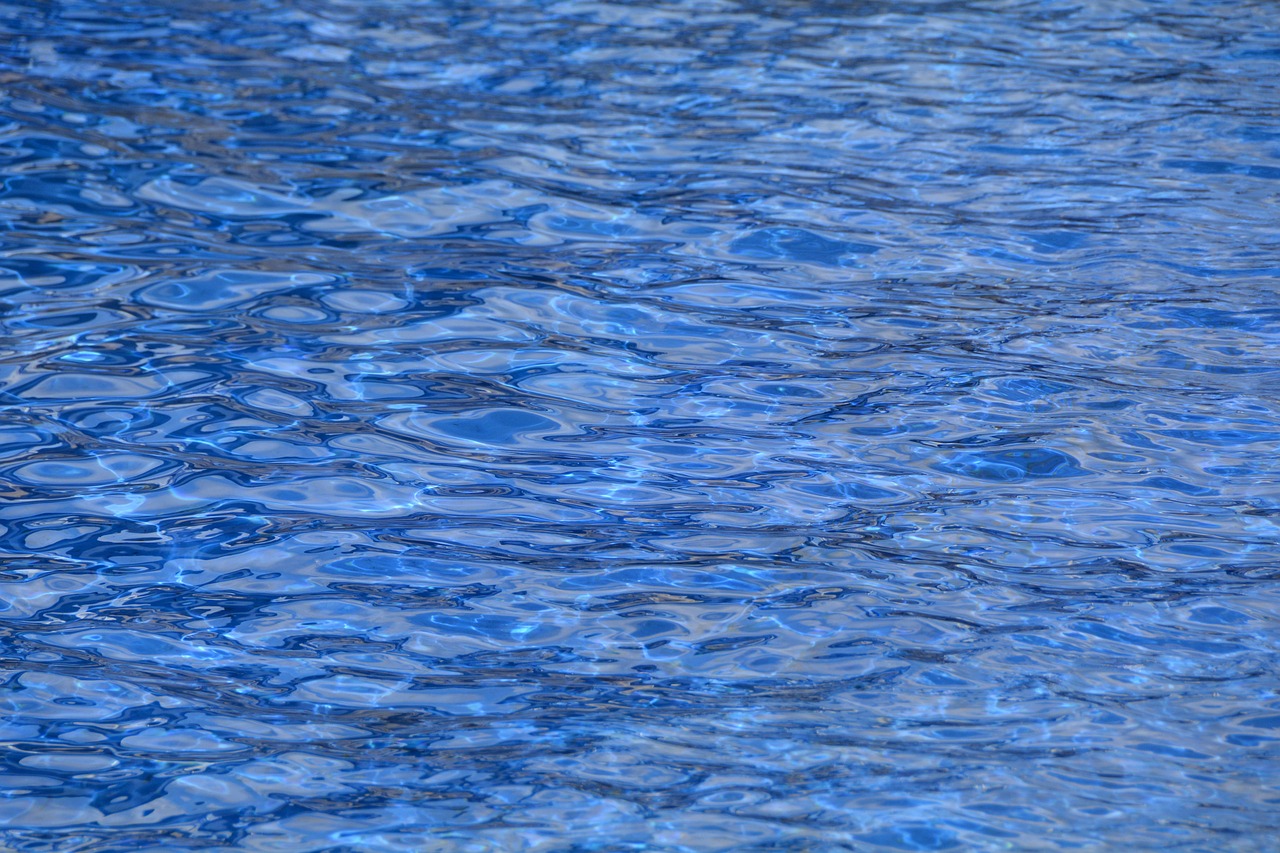
Choosing the Right Materials
When it comes to underwater painting, is not just important; it's absolutely essential. The unique environment of the underwater world presents challenges that artists must address to ensure their creations remain vibrant and intact. Imagine trying to paint a masterpiece while battling currents and dealing with the ever-changing light conditions. To thrive in this aquatic canvas, artists need to select materials that not only withstand the water but also enhance their creative expression.
First and foremost, waterproof paints are a must. Regular paints simply won't cut it; they will wash away or lose their vibrancy in the water. Artists often turn to specially formulated paints designed for marine environments, which are resistant to fading and can adhere well to various surfaces. Some popular brands include Golden Heavy Body Acrylics and Liquitex Professional Acrylics, both of which are known for their durability and rich color payoff. These paints allow artists to capture the stunning hues of the underwater world, from the deep blues of the ocean to the vibrant colors of coral reefs.
Next, the choice of brushes is equally critical. Underwater artists often rely on specialized brushes that are designed to endure the rigors of painting in a submerged setting. These brushes typically feature sturdy bristles that maintain their shape and flexibility, even when used in water. For instance, nylon brushes are favored for their resilience and ability to hold paint well, while sponge brushes can create unique textures that mimic the organic forms found in nature. By selecting the right brushes, artists can achieve greater precision and detail in their underwater artworks.
Additionally, the choice of canvas or surface is paramount. Traditional canvases might not be suitable for underwater painting, so artists often opt for water-resistant materials such as marine-grade plywood or specially treated fabrics. These surfaces not only withstand the water but also provide a stable base for the paint. Some artists even use acrylic sheets, which allow for a different kind of interaction with light and color, creating stunning visual effects that are unique to underwater art.
In summary, the materials you choose can make or break your underwater painting experience. By investing in high-quality, waterproof paints, specialized brushes, and durable surfaces, you set the stage for creating breathtaking works of art. The right materials not only enhance your creativity but also ensure that your masterpieces can withstand the test of time beneath the waves.
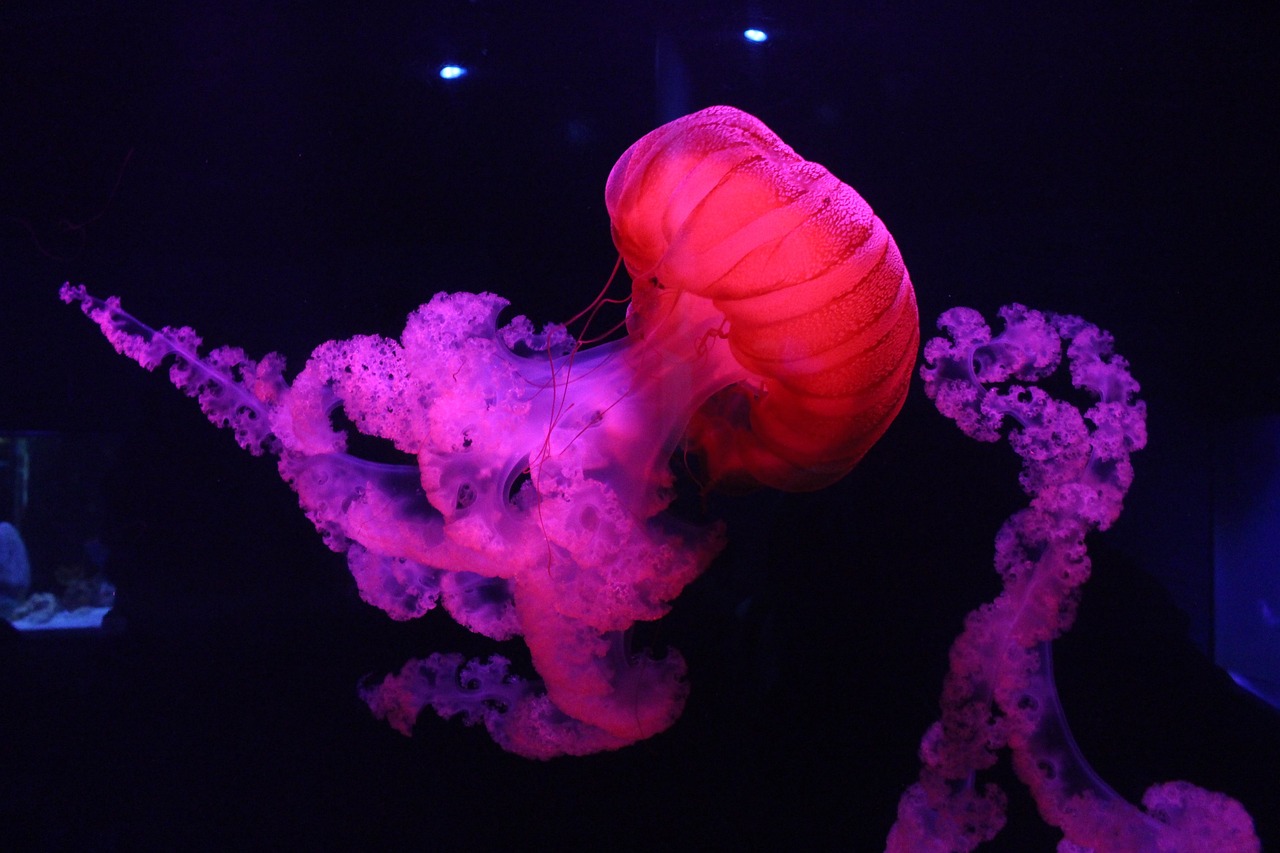
Waterproof Paints
When it comes to underwater painting, choosing the right waterproof paints is crucial for ensuring that your artwork not only survives but thrives beneath the surface. Unlike traditional paints, which can quickly degrade in water, waterproof paints are specially formulated to resist the elements and maintain their vibrancy over time. Artists must consider various factors, including the type of medium they are using and the specific underwater environment they are working in.
There are several types of waterproof paints available on the market, each with its own unique properties. For instance, acrylic paints are popular among underwater artists due to their quick-drying nature and versatility. They can be diluted with water to create a range of effects, making them ideal for capturing the fluidity of underwater movement. However, not all acrylic paints are created equal; artists should look for brands that specifically advertise their waterproof qualities.
Another option is marine-grade paints, which are designed for use in harsh aquatic conditions. These paints are often used in boat maintenance and are known for their durability and resistance to fading. They can be a bit more challenging to work with due to their thicker consistency, but the results can be stunning. Below is a table comparing some popular waterproof paint brands:
| Brand | Type | Features |
|---|---|---|
| Liquitex | Acrylic | Fast-drying, flexible, and water-resistant |
| Golden | Acrylic | High pigment load, UV resistant, and durable |
| Interlux | Marine-grade | Designed for boats, exceptional durability |
| Rust-Oleum | Marine-grade | Waterproof, mildew resistant, and long-lasting |
When selecting waterproof paints, it's also essential to consider the color palette. Underwater colors can appear different due to the way water absorbs and refracts light. Therefore, artists often choose brighter or more vivid colors to ensure their artwork stands out in the aquatic environment. Additionally, using a gloss finish can enhance the vibrancy of colors and mimic the natural shimmer of water.
Ultimately, the choice of waterproof paint can significantly impact the final outcome of an underwater painting. Artists should experiment with different brands and types to find the perfect fit for their style and the specific conditions they will be working in. With the right materials, the underwater world can become a canvas of vibrant colors and breathtaking designs, allowing artists to capture the beauty of marine life in a way that is truly unique.
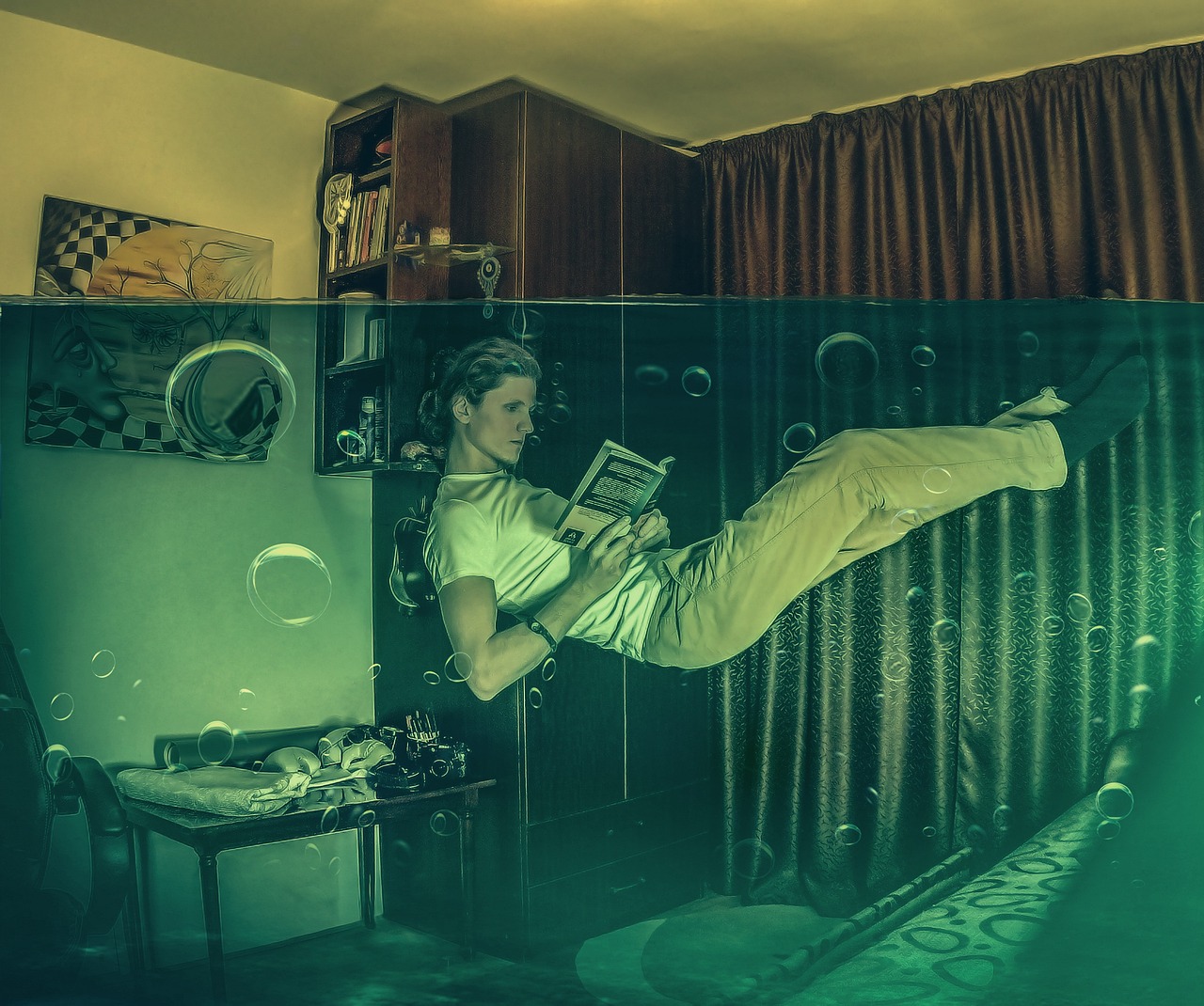
Specialized Brushes
When it comes to underwater painting, the tools you use can make or break your artistic experience. One of the most crucial tools in this unique medium is the brush. Specialized brushes are designed to withstand the challenges of underwater environments while allowing artists to express their creativity with precision. These brushes are not your typical paintbrushes; they come with unique features tailored for the aquatic realm.
For instance, many underwater artists prefer long-handled brushes that provide extended reach, allowing them to paint large canvases or create sweeping strokes without having to get too close to the surface. This is particularly important because the underwater world can be unpredictable; even a slight movement can disturb the water and affect the painting process. Long handles enable artists to maintain control while working in deeper waters.
Another important aspect of specialized brushes is the bristle material. Many underwater artists opt for brushes made from synthetic fibers, such as nylon or polyester, which are resistant to water absorption and can maintain their shape over time. These materials also offer a level of flexibility that is essential when working with various paint types and techniques. The right brush can help artists achieve everything from fine details to broad washes, making it an indispensable part of their toolkit.
In addition to the bristle type and handle length, artists often choose brushes based on their shape and size. For example:
- Flat brushes are great for broad strokes and filling large areas quickly.
- Round brushes allow for more detailed work and can create fine lines or dots.
- Fan brushes are perfect for texture, mimicking the appearance of marine life or coral.
Moreover, some artists even customize their brushes by modifying existing ones or creating unique tools that fit their personal style. This level of personalization allows for greater creativity and expression, making each underwater artwork a reflection of the artist’s individuality.
In conclusion, the choice of specialized brushes is vital for anyone venturing into the world of underwater painting. They not only enhance the painting experience but also ensure that the final artwork can withstand the rigors of the underwater environment. By investing in quality brushes, artists can focus on what truly matters: creating stunning pieces that capture the beauty and mystery of the underwater world.
Q: What type of paint should I use for underwater painting?
A: Waterproof paints are essential for underwater painting. Look for brands specifically designed for aquatic environments to ensure longevity and vibrancy.
Q: Can I use regular brushes for underwater painting?
A: While you can use regular brushes, it's highly recommended to use specialized brushes that are designed for underwater conditions. They provide better control and durability.
Q: How do I ensure my artwork lasts underwater?
A: To ensure your artwork lasts, use high-quality waterproof paints and sealants. Additionally, choose the right materials and techniques to withstand the aquatic environment.
Q: What are some common challenges faced in underwater painting?
A: Common challenges include maintaining visibility, managing water currents, and capturing the unique light conditions underwater. Artists often adapt their techniques to overcome these obstacles.
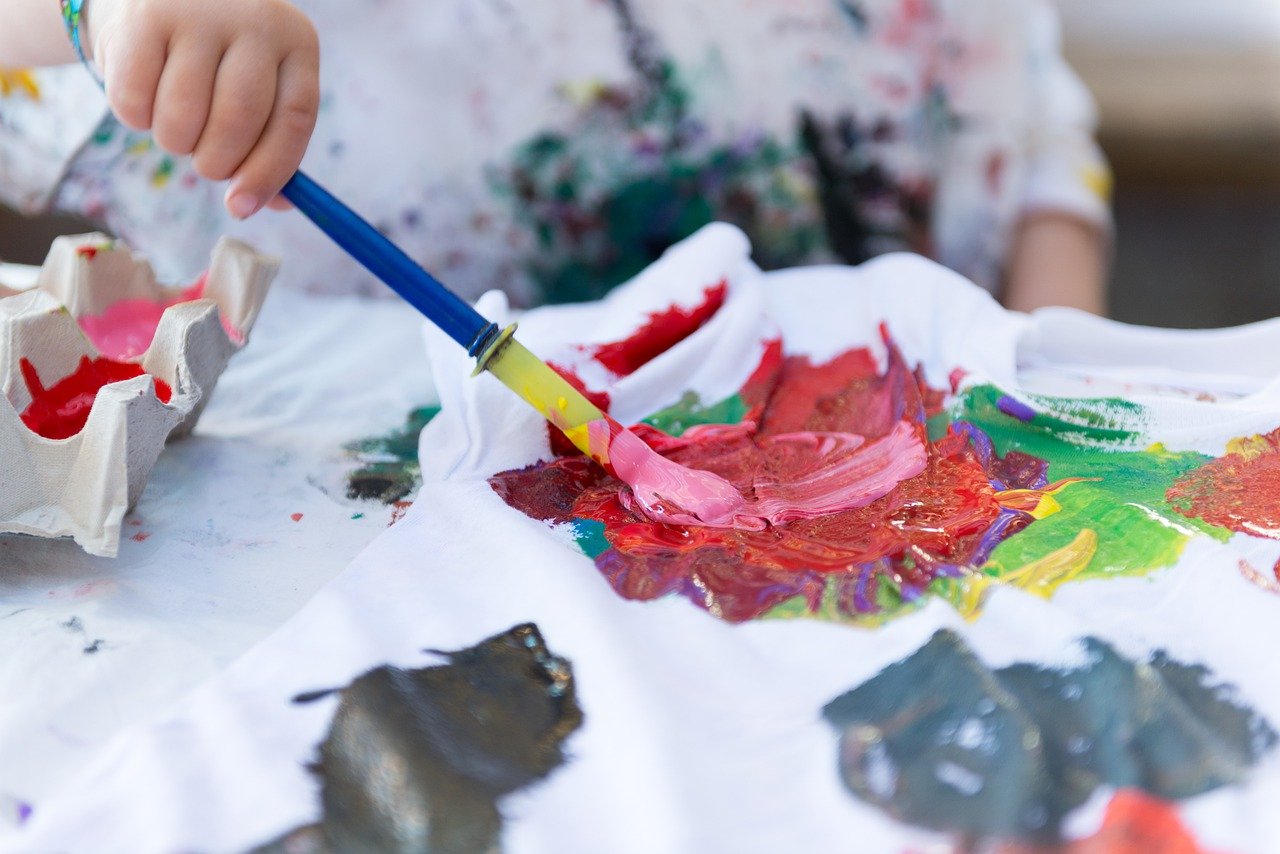
Capturing Light and Movement
Capturing light and movement in underwater painting is akin to trying to catch a fleeting dream—both elusive and mesmerizing. The underwater world is a vibrant tapestry of colors and shapes, constantly shifting with the currents and the play of light. Artists must adapt their techniques to effectively portray these dynamic elements, making it a thrilling yet challenging endeavor. Just imagine the way sunlight filters through the water, creating a dance of shimmering reflections and shadows. How do you translate that into paint?
One of the primary challenges underwater painters face is the distortion of light caused by water. Unlike painting on a traditional canvas, where light behaves predictably, underwater light is refracted and scattered. This means that colors can appear different depending on the depth and clarity of the water. Artists often have to rely on their intuition and experience to recreate the vibrant hues they observe. Using a palette that includes both bright and muted tones can help in achieving a more accurate representation of the underwater landscape.
To effectively capture movement, artists often employ techniques that mimic the fluidity of water itself. Brush strokes can be more fluid and sweeping, allowing the paint to flow as freely as the water around it. Imagine the graceful movements of a fish or the gentle sway of seaweed; these elements can inspire the way an artist interacts with their materials. Some artists even use unconventional tools, such as sponges or their hands, to create textures that resonate with the underwater environment.
Moreover, the choice of materials plays a crucial role in how light interacts with the artwork. For instance, using glossy paints can enhance the reflective quality of the water, making the colors appear more vibrant and alive. Conversely, matte finishes can create a more subdued effect, which might be fitting for certain subjects. It's all about balance and intention; understanding how different materials react underwater is key to successfully capturing the essence of light and movement.
Another fascinating aspect of underwater painting is the opportunity to depict movement over time. Artists can create a series of images that illustrate the transition of light and shadow throughout the day, much like a time-lapse photograph. This technique can yield stunning results, as it invites viewers to experience the changing dynamics of the underwater world in a single artwork. Think of it as capturing a moment in motion, where every brushstroke tells a story.
Ultimately, the art of capturing light and movement underwater is a blend of science and creativity. Artists must not only understand the physical properties of water but also tap into their emotional responses to the environment. Each stroke of the brush is a dialogue between the artist and the ocean, a conversation that flows with the currents and dances with the light. As they navigate these challenges, underwater painters continue to push the boundaries of what is possible, creating breathtaking works that invite us to explore the beauty beneath the waves.
- What materials are best for underwater painting? Artists typically use waterproof paints, specialized brushes, and canvases designed for aquatic environments.
- How do underwater artists capture movement? They often use fluid brush strokes and unconventional tools to mimic the natural flow of water.
- Can anyone try underwater painting? Yes, with the right materials and safety precautions, anyone can explore the art of underwater painting.
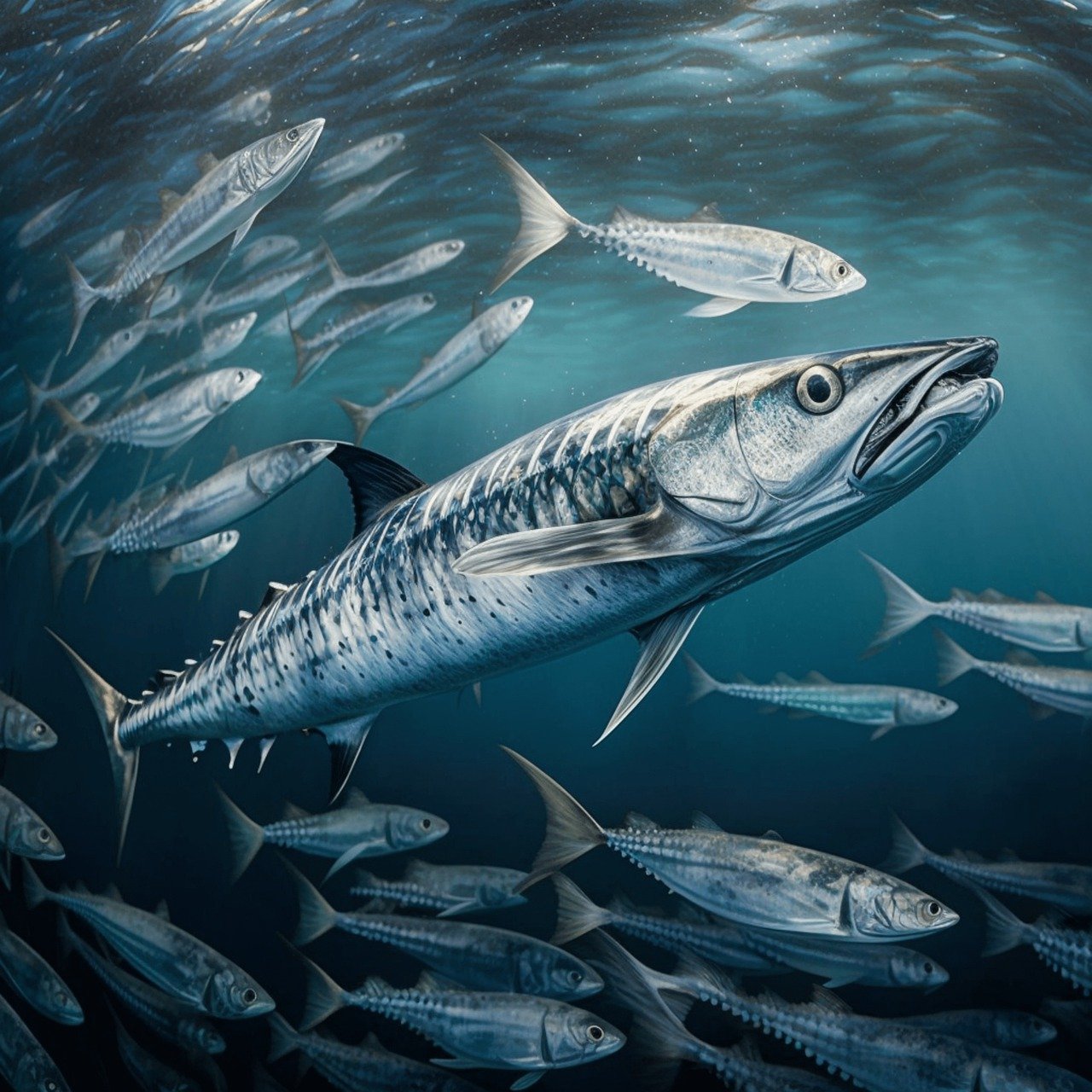
Inspirations for Underwater Art
When we think about art, we often envision canvases adorned with vibrant colors, but underwater painting takes this concept to a whole new level. It’s not just about the strokes and colors; it’s about the inspiration that fuels the artist's imagination. The ocean is an endless source of creativity, and artists dive deep—both literally and figuratively—to capture its essence. From the mesmerizing dance of marine life to the intricate patterns of coral reefs, the underwater world is a treasure trove of inspiration waiting to be explored.
One of the most profound sources of inspiration for underwater artists is the marine ecosystem. Each ecosystem, whether it’s a vibrant coral reef or a serene kelp forest, offers a unique palette of colors and shapes that can ignite an artist's creativity. For instance, the kaleidoscope of colors found in a coral reef can evoke feelings of joy and wonder, while the muted tones of a deep-sea environment might inspire a more introspective piece. Artists often find themselves captivated by the way light filters through water, creating a magical interplay of shadows and highlights that can transform a simple scene into something extraordinary.
Moreover, personal experiences and emotions play a crucial role in shaping underwater art. Many artists draw from their own life stories, translating their feelings into visual narratives. For example, an artist who has faced challenges in their life may use the turbulent waters of the ocean as a metaphor for their struggles, creating a piece that resonates deeply with viewers. This connection between the artist's personal journey and their artwork adds a layer of depth that can be profoundly moving. In this way, underwater painting becomes not just a visual experience but also an emotional one.
To illustrate the diverse inspirations behind underwater art, let’s take a look at a few common themes:
- Marine Life: The beauty and diversity of fish, sea turtles, and other creatures often inspire artists to capture their elegance and grace.
- Environmental Issues: Many artists use their work to raise awareness about ocean conservation and the impact of pollution, making their art not only beautiful but also meaningful.
- Mythology and Folklore: Stories of mermaids, sea gods, and mythical creatures often find their way into underwater paintings, blending fantasy with reality.
- Personal Narratives: Artists frequently infuse their own stories, emotions, and experiences into their work, creating a personal connection with the audience.
In conclusion, the inspiration behind underwater art is as vast and varied as the ocean itself. Each artist brings their unique perspective, experiences, and emotional depth to their creations, resulting in stunning works that not only capture the beauty of the underwater world but also tell a story. The next time you gaze at an underwater painting, take a moment to consider the myriad of inspirations that may have influenced the artist’s vision. It’s not just paint on a canvas; it’s a journey into the depths of creativity and emotion.
Q1: What materials are best for underwater painting?
A1: Artists typically use waterproof paints, specialized brushes, and durable canvases that can withstand the underwater environment.
Q2: How does underwater lighting affect painting?
A2: The way light behaves underwater can create unique effects, making it essential for artists to adapt their techniques to capture these dynamic elements.
Q3: Can anyone try underwater painting?
A3: Yes! While it may require some practice and the right materials, anyone interested in art and the ocean can explore underwater painting.
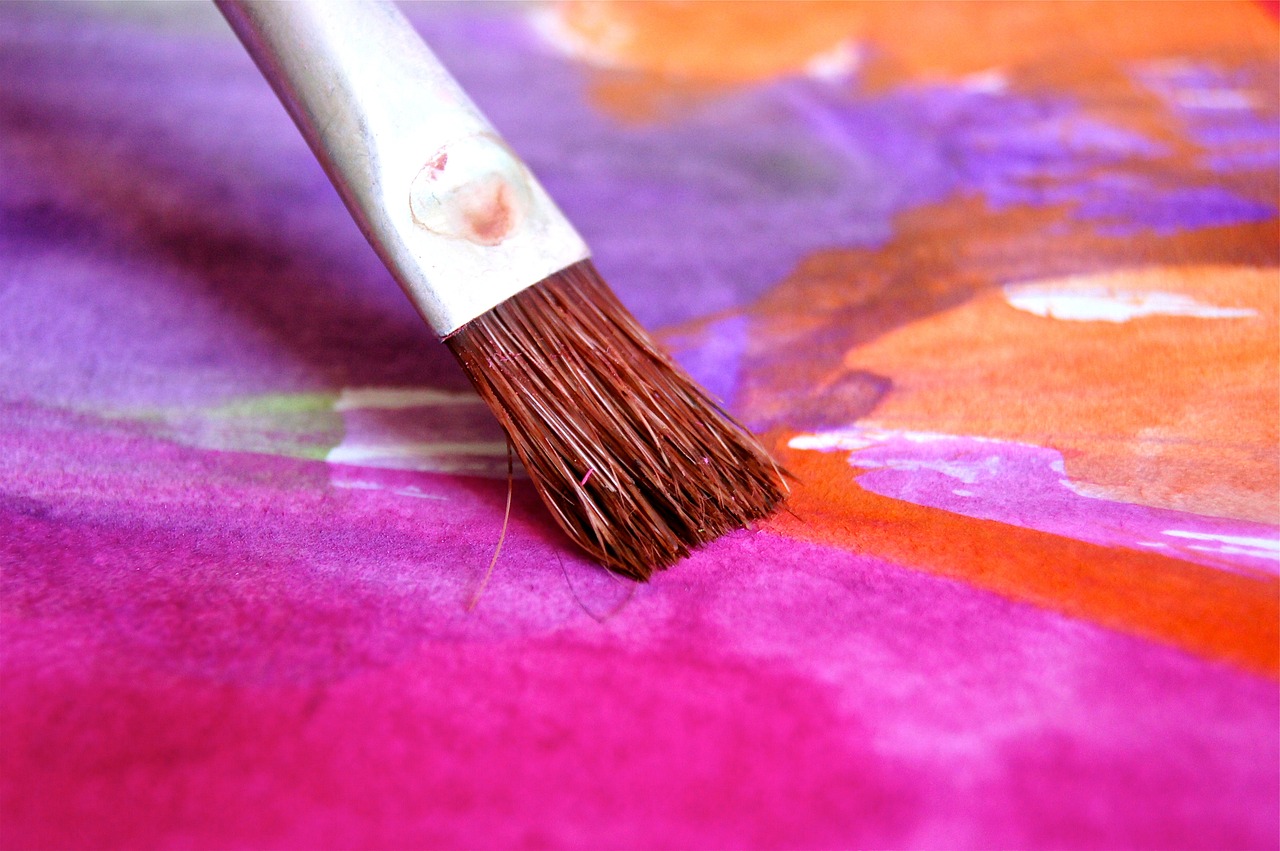
Marine Ecosystems
When it comes to underwater painting, serve as a vibrant canvas that is both challenging and rewarding for artists. These ecosystems, teeming with life and color, offer a mesmerizing array of subjects that can ignite any artist's imagination. From the delicate grace of coral reefs to the mysterious depths of the ocean floor, each ecosystem presents unique opportunities for artistic expression. Imagine diving into a world where every stroke of your brush can capture the shimmering hues of a tropical fish darting through the coral, or the intricate patterns of seaweed swaying with the current. The beauty of these underwater landscapes is not just in their appearance but also in the stories they tell.
One of the most captivating aspects of marine ecosystems is their diversity. For instance, coral reefs, often referred to as the "rainforests of the sea," are home to an astonishing variety of species. They provide a stunning backdrop for underwater artists, who can draw inspiration from the vibrant colors and intricate forms found within this habitat. In contrast, the deep sea offers a more subdued palette, characterized by darker tones and the eerie glow of bioluminescent creatures. Each ecosystem invites artists to explore different themes, techniques, and emotional expressions, making underwater painting a truly multifaceted art form.
Moreover, the health of marine ecosystems is a significant concern for artists and environmentalists alike. As artists immerse themselves in these underwater worlds, they often become advocates for their preservation. Many underwater painters use their art to highlight the fragility of these ecosystems, raising awareness about issues such as coral bleaching, pollution, and overfishing. This dual role of artist and environmental steward creates a powerful narrative that can resonate deeply with audiences. By incorporating elements of conservation into their work, artists not only capture the beauty of marine life but also inspire action to protect it.
To further illustrate the impact of marine ecosystems on underwater painting, consider the following table showcasing some key ecosystems and their unique characteristics:
| Ecosystem | Characteristics | Artistic Inspiration |
|---|---|---|
| Coral Reefs | Vibrant colors, diverse species, complex structures | Use of bright colors and intricate details |
| Open Ocean | Expansive blue, minimal structures, dynamic movement | Focus on fluidity and motion |
| Seagrass Beds | Soft greens, home to various marine life, important for ecosystems | Subtle colors and textures |
| Deep Sea | Darkness, bioluminescent organisms, unique adaptations | Mystery and exploration themes |
In conclusion, marine ecosystems not only provide a rich source of inspiration for underwater painters but also challenge them to reflect on the importance of conservation. By immersing themselves in these environments, artists can create works that not only captivate the eye but also tell a compelling story about the beauty and fragility of our oceans.
- What materials are best for underwater painting?
Using waterproof paints, specialized brushes, and durable canvases is crucial for creating lasting underwater art. - Can anyone try underwater painting?
Absolutely! With the right training and equipment, anyone can explore the fascinating world of underwater art. - How do marine ecosystems influence underwater art?
Each ecosystem offers unique colors, forms, and themes that can inspire artists in various ways, impacting their choice of subjects and techniques.
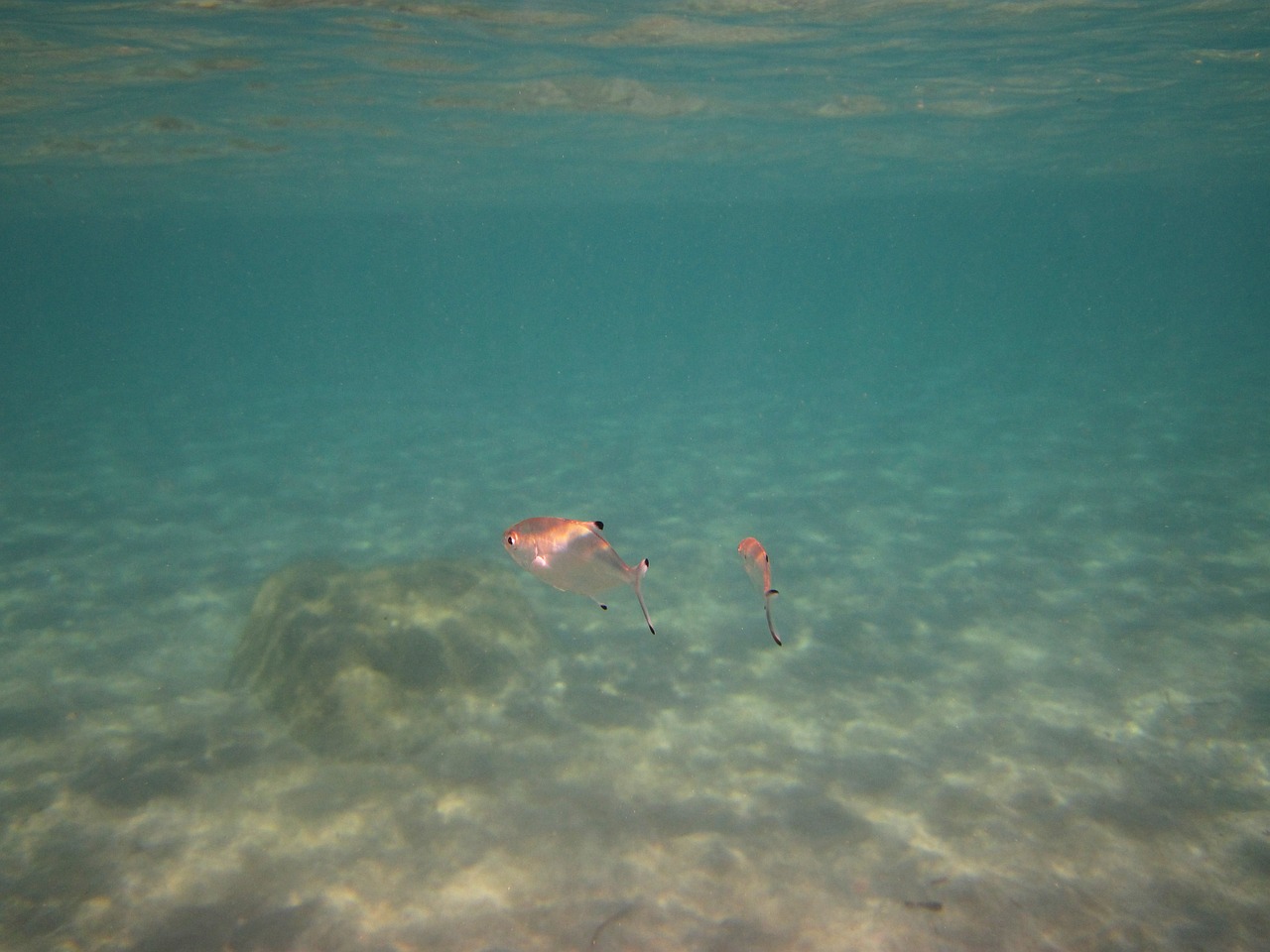
Personal Experiences and Emotions
Underwater painting is not just about the colors and the canvas; it is a deeply personal journey for many artists. Each brushstroke beneath the surface carries a story, a memory, or an emotion that transcends the mere act of painting. Imagine diving into the depths of the ocean, where the vibrant hues of coral reefs and the fluidity of fish create a living canvas. For many artists, this experience is akin to stepping into a dream, where their emotions are as fluid as the water surrounding them.
Artists often draw from their own life experiences when creating underwater art. These experiences can range from moments of joy and inspiration to feelings of solitude and reflection. For instance, an artist who has faced personal challenges may find solace in the serene underwater world, using their artwork to express their journey through struggle to triumph. This emotional connection to their work not only enhances the authenticity of the piece but also resonates with viewers on a profound level.
Consider the way an artist might capture the feeling of freedom while swimming with dolphins or the tranquility of observing a gentle sea turtle gliding through the water. These experiences are not just visual; they are emotional. The colors used in the artwork can reflect the artist's mood—vibrant reds and yellows might convey excitement and joy, while cool blues and greens could evoke calmness and introspection. The choice of color palette becomes a language of its own, speaking to the viewer's heart.
Moreover, the underwater environment itself can evoke a range of emotions. The weightlessness of being submerged can bring a sense of liberation, while the vastness of the ocean can instill feelings of awe and humility. Artists are often inspired by these sensations, channeling them into their work. For instance, the swirling currents and shifting light underwater can symbolize the unpredictability of life, a theme many artists explore in their pieces.
In addition, the stories behind the artworks often hold significant meaning. An artist might create a piece inspired by a lost loved one, using the medium of water to symbolize the fluidity of memory. Each painting becomes a tribute, a way to keep those memories alive in a vibrant, tangible form. These narratives add layers to the artwork, inviting viewers to engage with the piece on a deeper emotional level.
Ultimately, underwater painting is a fusion of personal experiences and emotions, encapsulated in a unique artistic expression. When an artist immerses themselves in the underwater world, they are not just painting; they are sharing a part of their soul, inviting others to experience the beauty and complexity of life through their eyes. This connection between the artist, their emotions, and the ocean creates a powerful synergy that makes underwater art both captivating and deeply meaningful.
- What materials are best for underwater painting?
Artists typically use waterproof paints, specialized brushes, and durable canvases designed to withstand underwater conditions.
- How does underwater painting differ from traditional painting?
Underwater painting presents unique challenges, such as light distortion and movement, which artists must adapt to in their techniques.
- Can anyone try underwater painting?
While anyone can attempt underwater painting, it is recommended to have some experience with diving and art techniques to ensure safety and quality.
- What inspires underwater artists?
Many underwater artists draw inspiration from marine life, personal experiences, and the beauty of the ocean itself.
Frequently Asked Questions
- What is underwater painting?
Underwater painting is a unique art form where artists create stunning artworks beneath the surface of the water. It combines the beauty of the ocean with the creativity of the artist, resulting in mesmerizing pieces that often reflect the vibrant marine life and the fluidity of water.
- What materials do I need for underwater painting?
To successfully engage in underwater painting, you'll need waterproof paints, specialized brushes, and a suitable canvas that can withstand the aquatic environment. It's essential to choose materials designed for underwater use to ensure your artwork lasts.
- Can I use regular paints for underwater painting?
No, regular paints typically won't hold up well underwater. It's crucial to use waterproof paints specifically formulated for aquatic conditions to prevent your artwork from deteriorating.
- How do underwater artists capture light and movement?
Capturing light and movement underwater can be challenging due to the unique properties of water. Artists adapt their techniques by observing how light refracts and diffuses in water, using dynamic brushwork to convey movement and fluidity in their pieces.
- What inspires underwater artists?
Inspiration for underwater artists often comes from nature, marine ecosystems, and personal experiences. The vibrant colors and forms found in marine life can ignite creativity, while personal narratives and emotions add depth to their artworks.
- Are there specific techniques for underwater painting?
Yes, underwater painting involves various techniques such as color application, brushwork, and the use of specialized materials. Artists often experiment with different methods to achieve the desired effects and to adapt to the challenges of painting in an underwater environment.
- Can anyone try underwater painting?
Absolutely! While it may require some practice and the right materials, anyone interested in art and the ocean can try underwater painting. It's a fantastic way to combine creativity with a love for marine life.
- What are the challenges of underwater painting?
Some challenges include managing water currents, visibility issues, and the need for specialized materials. Artists must also be mindful of their surroundings and the marine ecosystem while creating their art.



















